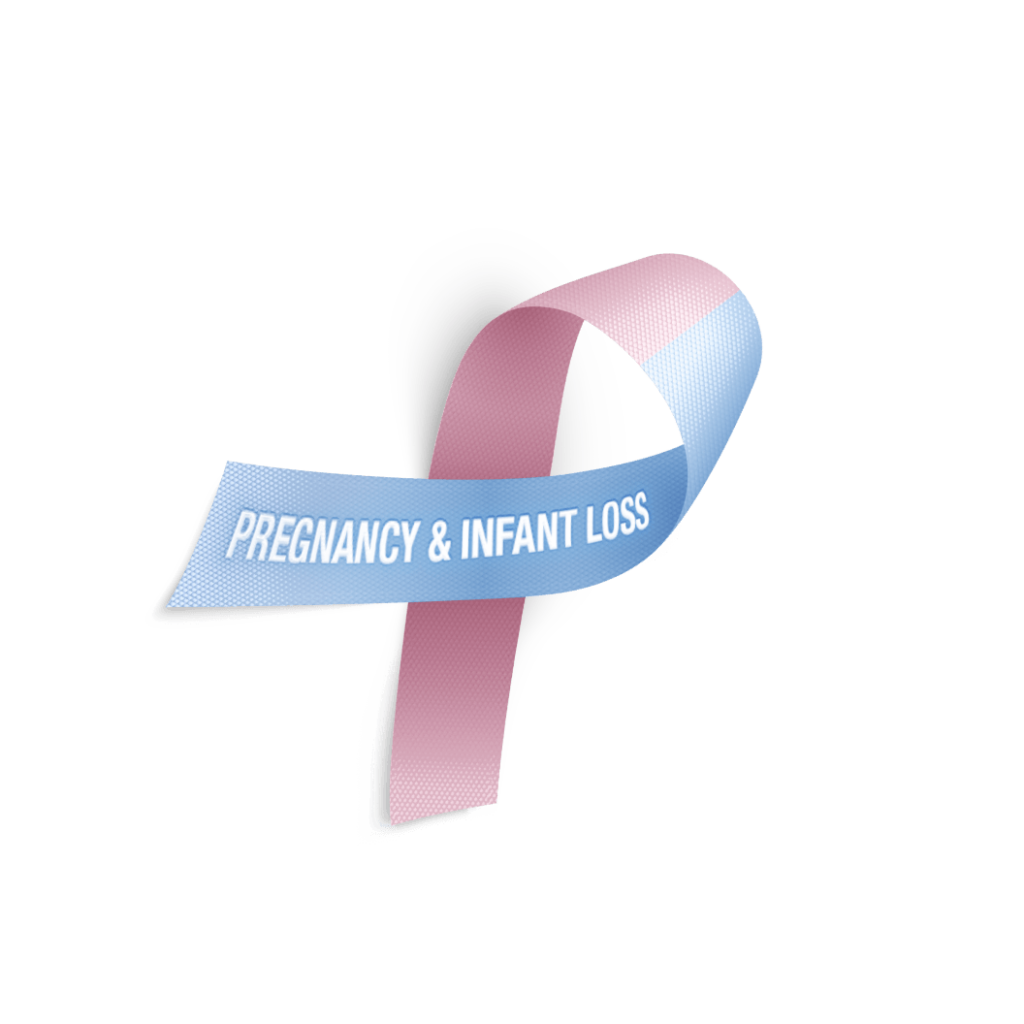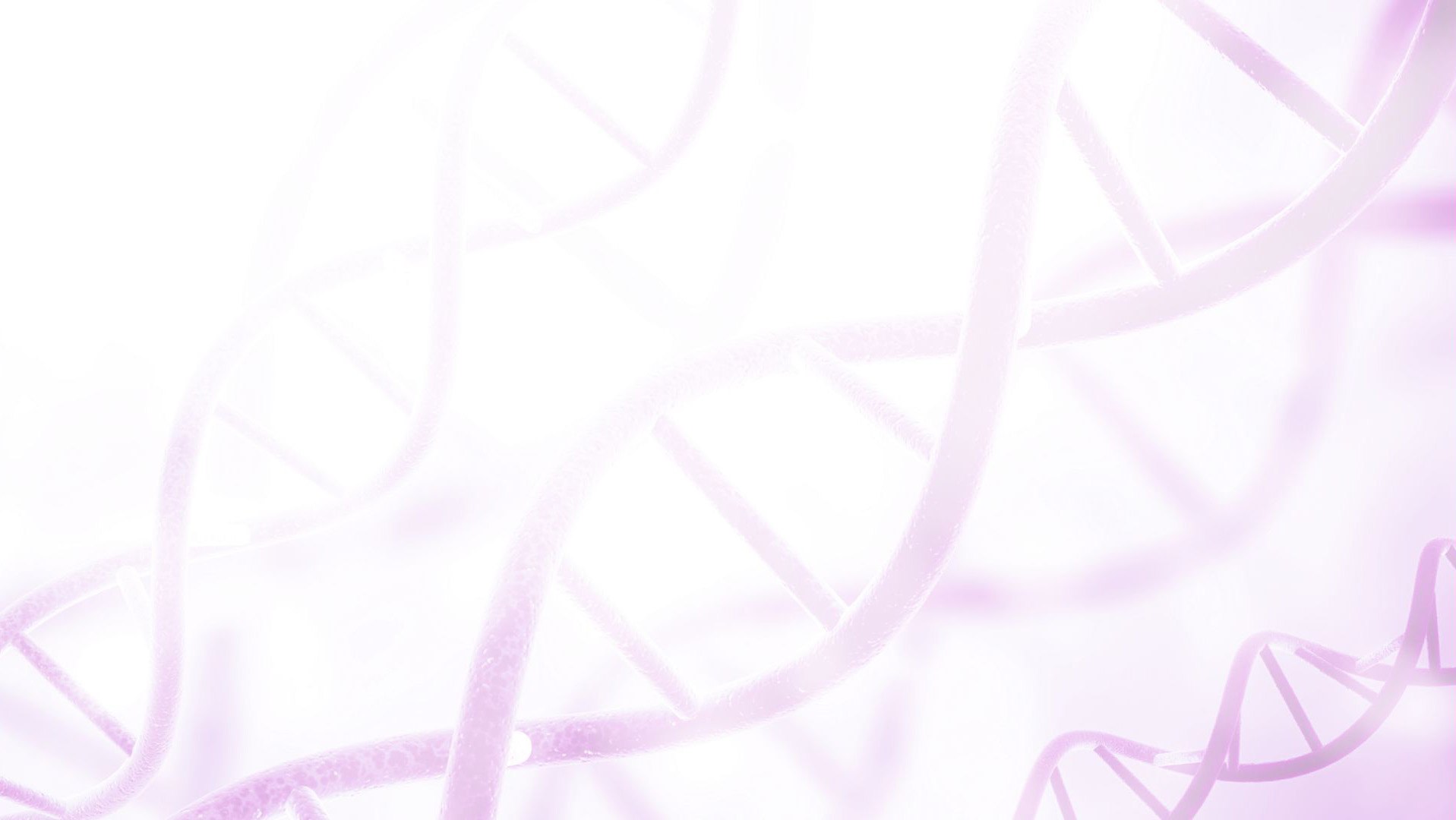A new pregnancy is often quite problematic for those who have already faced the emotionally distressing situation of a miscarriage in the past. The fact that the cause for this can lie with the man, often fades into the background in this situation due to a lack of awareness.
Many women then consciously or unconsciously ask themselves the question: Will a new pregnancy be associated with increased risk?
From a medical perspective, the answer to this question is “Yes”. Statistically speaking, the renewed risk of miscarriage increases after the trauma of miscarriage. Close monitoring is therefore offered for the unborn child and the expectant mother. This means that a prenatal medical check-up is initially carried out every four weeks and then every two weeks in the last trimester. These check-ups can be extended/supplemented by other tests if necessary.

Which examinations should be carried out prior to a new pregnancy?

Genetic testing
Chromosomes in the nucleus of every cell in the body contain the human genetic material that is passed on to the child. If there are anomalies in the genetic material, then there is an increased risk of another miscarriage. Let‘s consider this point in more detail by dealing with DNA breaks and “lost” genetic information.
When cell division occurs, the DNA with the individual genetic information is passed on to each individual new cell. However, if there are DNA breaks in the sperm cells, then the new cell will be incomplete and thus not functional. This can ultimately cause the embryo to stop developing.
The intake of PROFERTIL® male can reduce the risk of ”damaged” sperm DNA for the man:
In order to understand this problem, it is important to know that the function of a sperm is to safely transport the genetic information (DNA) to the egg cell. When DNA breaks are increased, the sperm can no longer fulfil its function. Men over the age of 35 with the desire to have children should consider the increased risk of sperm DNA breaks, particularly if they want to fulfil the desire to have children with their partner. PROFERTIL® male is therefore particularly recommended for men over the age of 35 because the probability of DNA breaks increases from this age onwards.
DNA breaks in the sperm cells can reduce the chances of successful natural or artificial insemination and thus increase the risk of another miscarriage. There are various test procedures for investigating fragmented DNA in sperm cells. In any case, multiple clinical studies have demonstrated the positive effect of PROFERTIL® male on sperm DNA.
Sperm analyses in an andrology laboratory are among the diagnostic steps that are important when trying to fulfil the desire to have children. The programme includes the preparation of substantiated spermiograms as well as the effective processing and evaluation of sperm in connection with fertility treatments. This also applies to the freezing of sperm or testicular tissue in liquid nitrogen (cryopreservation).
Hormone analysis/Cycle control
Sugar metabolism hormones and thyroid hormones also play a very important role. The result of the assessment of the female sex hormones is also very relevant. In this context, the cycle of women who wish to fulfil the desire to have children should also be considered. The woman is examined at the beginning, in the middle and at the end of the cycle as part of the cycle monitoring. In each case, this includes a blood test and ultrasound examination to determine whether normal formation of follicles with ovulation and transformation to corpus luteum has taken place. Studies have shown that the study-proven micronutrient combination of PROFERTIL® female can support a regular cycle.
Infection testing
In order to rule out infections due to bacteria, viruses and fungi, the swab material from the cervix is examined in the laboratory for pathogens. There is also a differential blood test. If the laboratory result is positive, the infection must be successfully treated before becoming pregnant again.
Ultrasound examination
Malformations of the uterus, which can be detected by ultrasound, are also critical for a new pregnancy after the trauma of miscarriage. A hysteroscopy (examination through the vagina) will be carried out following multiple miscarriages. The surgical correction of malformations of the uterus can also be an option. Malformations of the ovaries can also be determined in this way.
Antibody detection
Antibodies are proteins produced by the immune system and they normally act against unwanted foreign bodies. However, they are sometimes directed against the body’s own structures and thus even against pregnancy under some circumstances. If this occurs, the fertilised egg cell is attacked whereby the woman experiences a miscarriage.
New desire to become pregnant: What else is important?
Taking time after the involuntary termination of pregnancy is a very important factor for psychological and physical convalescence. This also applies to the individually different phase of mourning which is completely normal and must be experienced. Good mental health is very important for fulfilling a new desire to become pregnant.
How to create stability for yourself and the planned baby?
There is no place for avoidable risks such as smoking and regular and/or excessive alcohol consumption in life with the desire to have children. This also applies to a diet with fast food. Fresh fruit and vegetables as well as fish, eggs, pulses and wholegrain products should be prioritised. Good-quality meat from healthy livestock (hormone-free) may supplement the diet.
Excessive stress at the workplace and extreme sports should be avoided.
It is also important to overcome the fear of possibly losing another baby. In this respect, discussions with partners, family or friends can provide good results. Communication with the midwife can also be effective.
PROFERTIL® male and PROFERTIL® female for women can support the fertility of both genders as a study-proven micronutrient product and thus also reduce the risk of miscarriage. In this respect, it is absolutely important to remember that the desire to have children is shared and the causes of miscarriage can also lie with the man.
What was the cause of the past spontaneous abortion or perhaps even the previous miscarriages (habitual miscarriage)?
This question should be discussed with medical support to minimise risk for the future as much as possible.
The following causes should be clarified:
- Genetic reasons (the age of the man and woman as well as possible chromosomal changes)
- Immunological reasons (incorrect reaction of the maternal immune system to the embryo as a foreign body which leads to rejection)
- Anatomical reasons (fibroids or a malformation of the uterus)
- Hormonal reasons (e.g. thyroid underactivity, Hashimoto’s disease) play a significant role. Such functional disorders should certainly be balanced before becoming pregnant again.
Both products can contribute to reducing the risk of miscarriage. Increased DNA breaks in sperm cells can be a possible cause, especially for men over the age of 35.



